Is Sand Boarding on your bucket list? It should be.
Whilst visiting the North Island of New Zealand, the Bay of Islands, we took the Road to Cape Reinga day tour which included sandboarding. We started at the Bus Depot in Opia. Be there at 6:50 am! If you’re super lucky, you’ll get our Maori guide, Huey.
We asked because we are those tourists, which side had the best view. For this trip, you want to be sitting on the left since we’d start with the ocean beach and come back on the road. Do the reverse if your driver takes the standard road route in the morning.
You’ll spend the next 45 minutes picking up other tourists. It’s OK to sleep through it. No one will even bat an eye if you take a pillow, blanket, or neck pillow (like on airplanes).
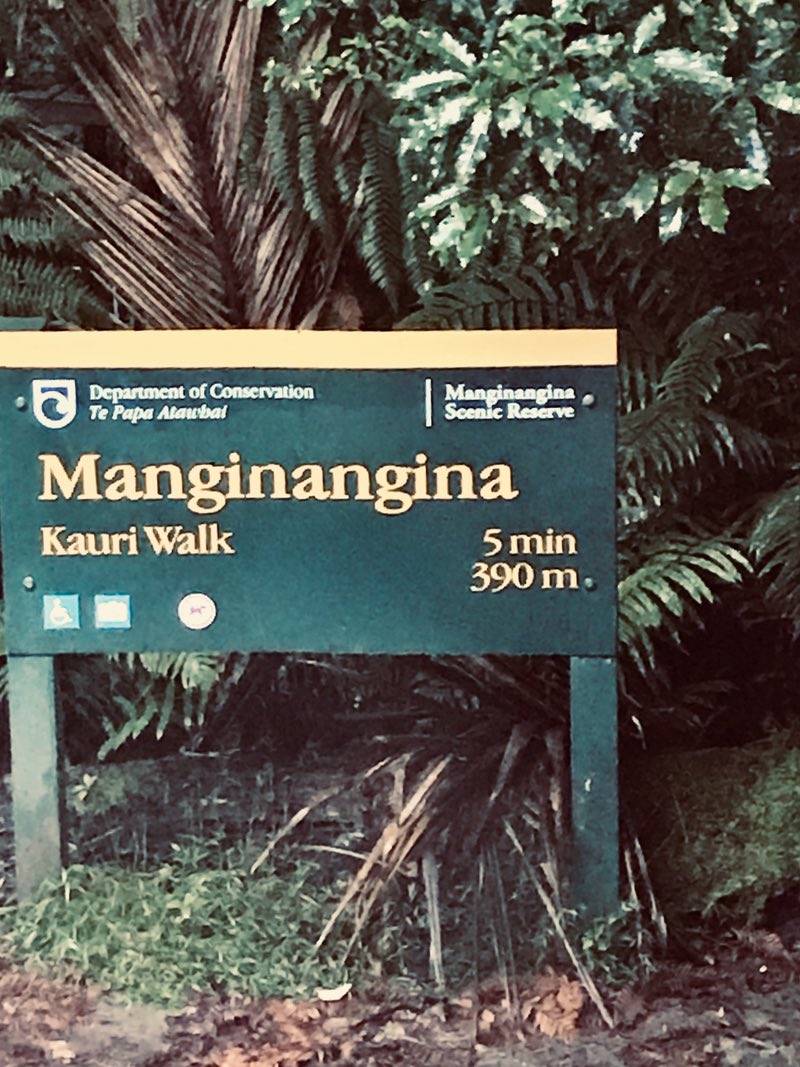
Puketi Forest
The first stop was the Puketi Forest. Follow the circular boardwalks around enormous Kauri trees. For every meter they rise, it’s 300 years of growth. If you arrive in the evening, you have a chance to see glow worms outside a cave. Huey says the best chance to see them is on the first section of the boardwalk.
It’s a great place for your first snack and drink (so take plenty). Ask the bus driver to show you where the USB port on the bus if you haven’t spotted it yet. It’s a very long day, and you don’t want your phone to be dead before you even get to the beach.
Back on the bus, we drove another hour to a beach stop and a snack and bathroom break at a Ramada Hotel. Think $11 for a bagel with avocado when you’re considering what to take from your AirBnB or hotel. Local grocery stores have several healthy options. Walking on the beach with a granola bar and a bottle of water is pretty perfect. We spotted the first rainbow of the day, away from the water, the Tasman Sea, over trees whose top branches form the shape of the cross.
90 Mile Beach
Back on the bus, Huey shared more history with us as he pulled on to the 90-mile beach. Guess how long it is? It depends on the tides, but it’s about 64 miles long at low tide. We drove a while and stopped for a break. We re-boarded but didn’t drive far when we spotted a huge, but apparently young, albatross.
Sandboarding
We were late getting out of the bus at the sand dunes. Do yourself a favor. Figure out how you’re going to manage the camera before you arrive. When the driver is pressed for time, he may not be as patient.
It is a really long way up the sand dunes. Similar to walking up ten flights of stairs, in sinking sand. Almost everyone started at a brisk pace, slipping a little, but making progress. Not even one-third of the way up, your calves start burning, you start calculating the distance up versus the distance down. You’re carrying a boogie board (the tour company supplies them), which you can use as a cane to help you maintain your balance. The sand loosens and it’s harder to get your footing. At about the 6th to 7th-floor level, the sand is so steep it feels like you could be a human snowball falling backward. At that point, you know there’s no way to go but up. It would take too long to climb down from there. By that time someone has already made it to the top and has started the fast slide down, so you can’t get in their way.
Huey was at the top, helping the few that went up to get settled. You have to put down the boogie board and lay head first, not feet, and then reposition yourself to move further back on the board. It’s important to drag your feet in the sand to slow you down, then lift your feet to make it easier to cross the little river at the base of the sand dunes. Otherwise, you get wet.
One thing no one else will tell you… everyone loses their board at some point during the slide. All you can do is grab it and hold on even harder. It’s tempting to close your eyes. It’s scary hurdling face-first down a sand dune, much harder than snowboarding when you have some (perhaps false) sense of security. Definitely wear sunglasses. You need protection for your eyes. The super well prepared will bring swim goggles.
I did too good a job slowing myself down right at the water’s edge. I got super soaked.
My daughter caught it on camera, and we were just discussing how it felt going down the sand dune. She was taking off her earrings and necklace, when Huey saw no one else in line at the top, jumped on his board, sailed down the sand dune, and nearly did a hockey stop in front of us. Just like skiing. The others cheered. He took my board to rinse and asked her why she hadn’t gone up. He picked a sandboard for her and said, “Follow me.” A reluctant older Asian gentleman followed them up. Sandboarding Part 2 was about to begin.
As you can see in the attached video, my daughter had a great ride, you can almost see when she loses the board and catches it again. She had great lift across the water and did a very dramatic collapse stop. The older gentleman went next, then Huey one more time – everyone else had their camera phones ready at that time.
Be aware, the most likely injuries to occur sand boarding include sand in the eye, wind or sand burn, scratches or abrasions to your arms or legs, blisters on your hands, and pulled muscles, including separated ribs.
To minimize the sand in the coach, Huey brushed the step after each person. I hope your guide is that considerate.
Cape Reinga
Murmured conversations continued until our next stop, bathrooms (no sinks, but anti-bacterial gel provided) and trails at the northernmost point of New Zealand open to the public, Cape Reinga.
If there’s a local event, it will probably be taking place in that parking lot. On our day, farmers were there raising money for hospice care.
Take your water and put on your sunscreen. It’s a sacred site, so no food is allowed. Both upper and lower trails lead to the pretty little lighthouse with breathtaking views where the Tasman Sea meets the Pacific Ocean. The spectacular swirl of currents emblemizes the departure of the spirits of deceased Maori as they leap from a gnarled pohutukawa tree believed to be 800 years old. Huey tells the Maori story of Maori returning via this route to their ancestral homeland of “Hawaiki.”
- Get a Car Rental
- Buy Travel Insurance
- Book Your Accommodation HERE
- Search for Great Tours HERE
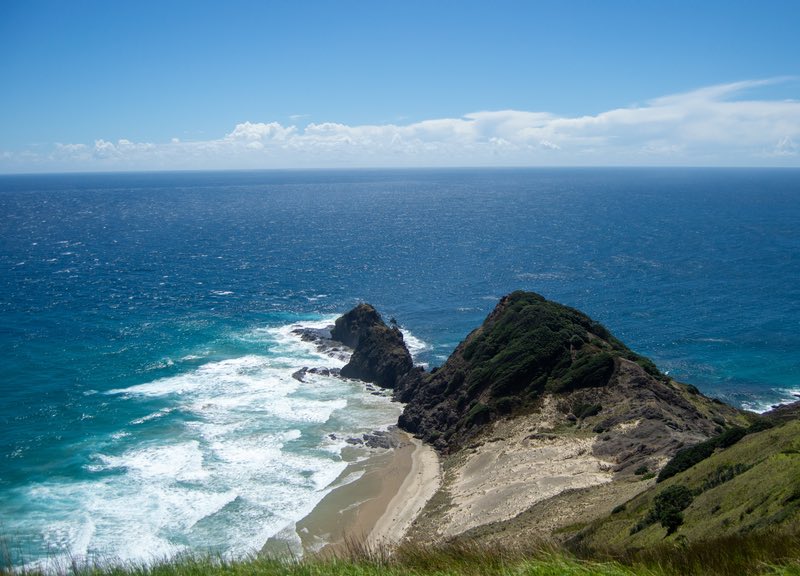
Crowds of people keep you moving and prevent unobstructed views or photographs of the lighthouse. Coming back the hillier route, you’ll be breathless and thirsty before you reach the peak.
There are several places to stop for photos on the paved path, the rocky path, and off to the side. Mind the edge, though. Like the Cliffs of Moher, it is a long way down.
Make a game of it. Going up the path, listen to the accents. See how many languages and accents you can identify. If you get really good, you’ll be able to tell where the Spanish speaking folks behind you are from. Lots of German and Chinese.
Look out to sea at the Three Kings, called Manawatawhi by Maori. These 13 uninhabited islands are at the top of Cape Reinga. Abel Tasman reached this point on the 6th of January, the feast of the Epiphany, the 12th day of Christmas when the three kings gave their gifts to the baby Jesus. So, these three “islands” or rock outcroppings are now dubbed “The Three Kings.” Scuba diving is popular here with many plant and animal species found nowhere else, perhaps their smaller version of the Galapagos Islands.
Return Trip
Too soon, it’s time to get back on the bus. You pre-order your lunch. Options include Fish and chips or falafel with vegan burger and veg. One man’s suggestion, “you don’t need to eat potato and veg on vacation.” The portions are large enough to share so, if you order one of each, neither will feel like you’re missing out.
Huey kept us awake and laughing with more Maori and life in New Zealand stories. He even pointed out “fruit” that was green then but will turn yellow/orange/red when it’s ripe to be cut down. You cut the top off, squeeze it, and use the oil for furniture polish. I still haven’t figured out how that qualifies as “fruit” since it’s not edible.
Remember, seasons in the southern hemisphere are opposite ours. We went in late winter, early spring (Feb/Mar) which is their late summer, early fall. We’d asked about Christmas traditions. They don’t have Thanksgiving there, of course, but turkeys can still be found through local farmers. Most expats tell us they’re still not used to Christmas in high summer.
The Hub Café
Lunch was at “The Hub Café.” If you’re not at the head of the line, take your time and grab some Hokey Pokey ice cream. Those in the know, usually because someone else preceded you to New Zealand, rave about this vanilla ice cream with honeycombs. Don’t be surprised when you hear people, especially the British, having great fun with calling it “Hanky Panky” instead. Share the fish and chips or falafel and salad. It’s not great, but it’s filling and a good break in the day. The seagulls enjoy the leftovers, though we can’t, of course, ever recommend feeding wildlife. Bus your own table. The port-a-potties have no sink but do provide the anti-bacterial gel. If you have sensitive skin, you’ll definitely want to travel with your own cleansing wipes.
Expect rain to happen at some point in your day. You won’t usually need an umbrella but have a jacket or rain poncho to keep your clothes dry and the wind off.
Heading south, there’s usually a stop at a Kauri Unearthed store. While it’s basically a subsidized shopping stop, they do have a cool, hollowed-out tree in the middle of the store they’ve built steps in. The “Tree Hut” contains art and leads you to the second level art gallery. Photographs of things like a tin piece from a Sydney artist, “Split Infinitive,” and photos of the whole movement from Sunday Island, so named by the English three years after the French named it Raoul Island after the man who spotted it.
Haruru Falls
Huey let people off in reverse order even before our last stop, Haruru Falls. You zip into a motel parking lot and get a great view from the front that you won’t experience even when you’re standing right over it. Don’t worry, he’ll turn the bus around so both sides of the bus have a chance. Take the time to walk out and get photos. It’s a good, final way to stretch your legs. It’s about a five-minute walk from the parking lot. Do not try the rope swing not far from the path. The waterfall spans the Waitangi River and spans perhaps 15 meters while only about a third that high.
There is a walk along the Waitangi Estuary that takes a couple of hours and leads you to the Waitangi Treaty Grounds. You pass the Treaty Grounds every time you go to town. You can spend as little as ten minutes at the falls or have a nice picnic lunch. There’s room for both.
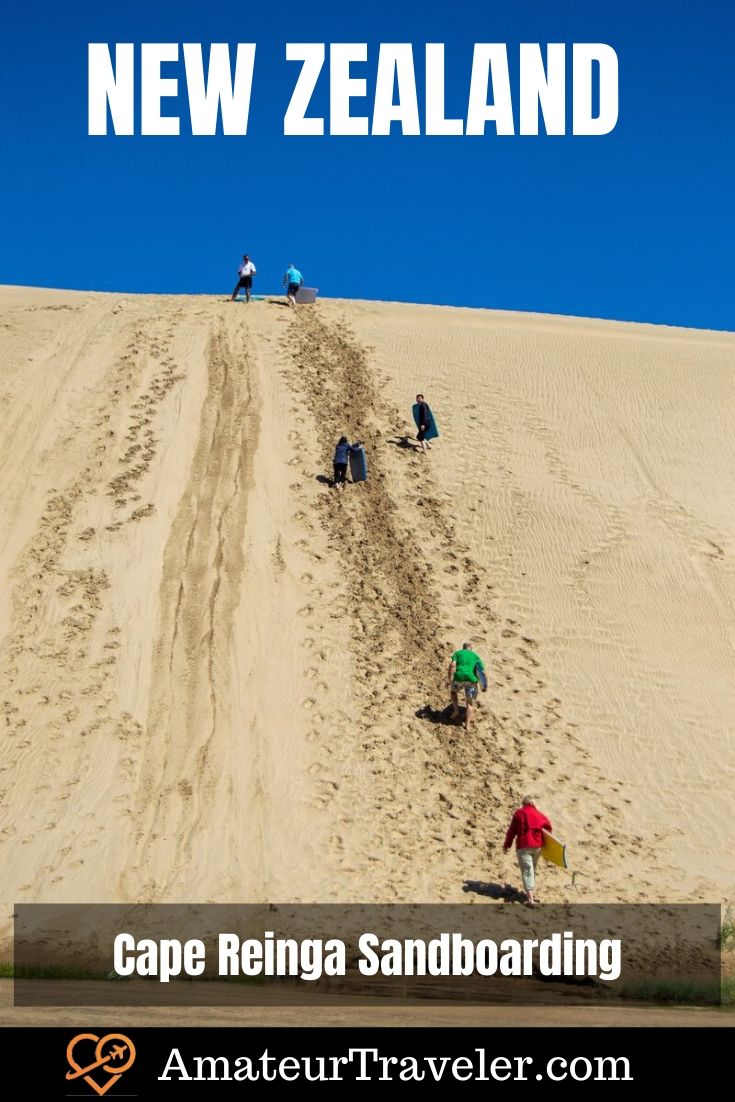
Leave a Reply
Tags: article, bay of islands, new zealand

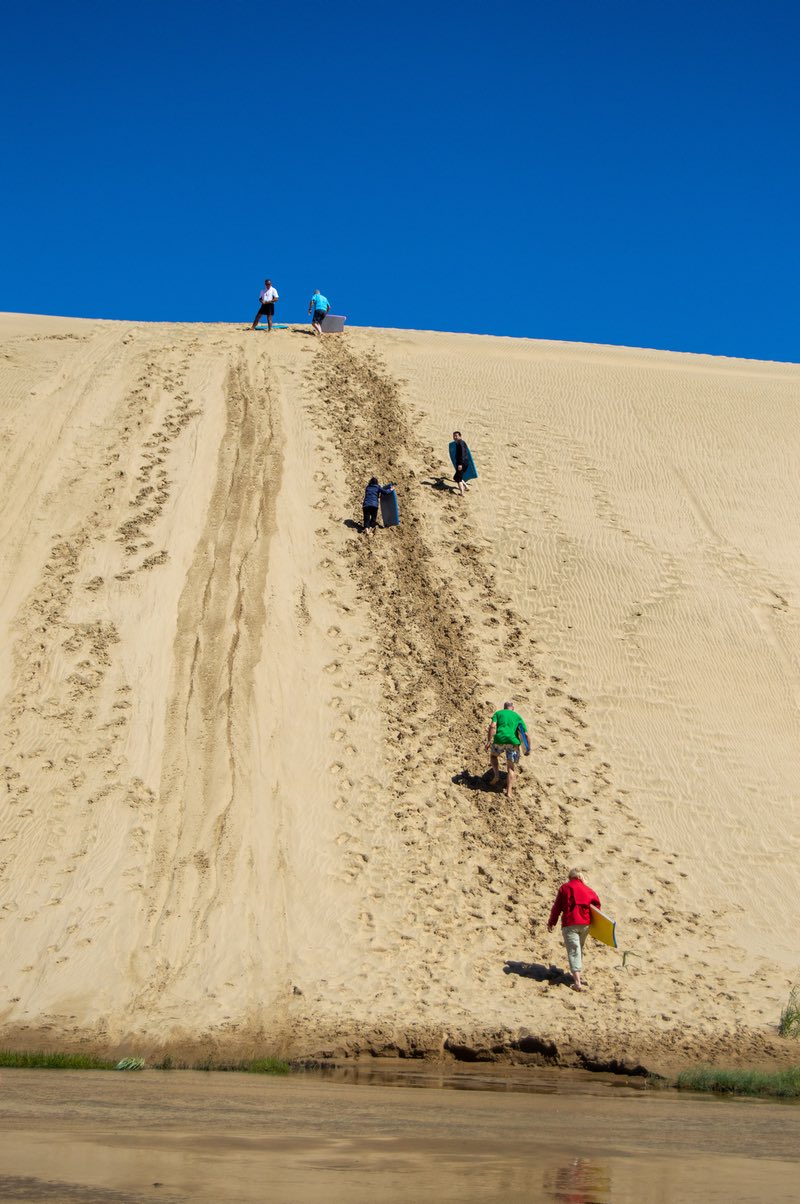
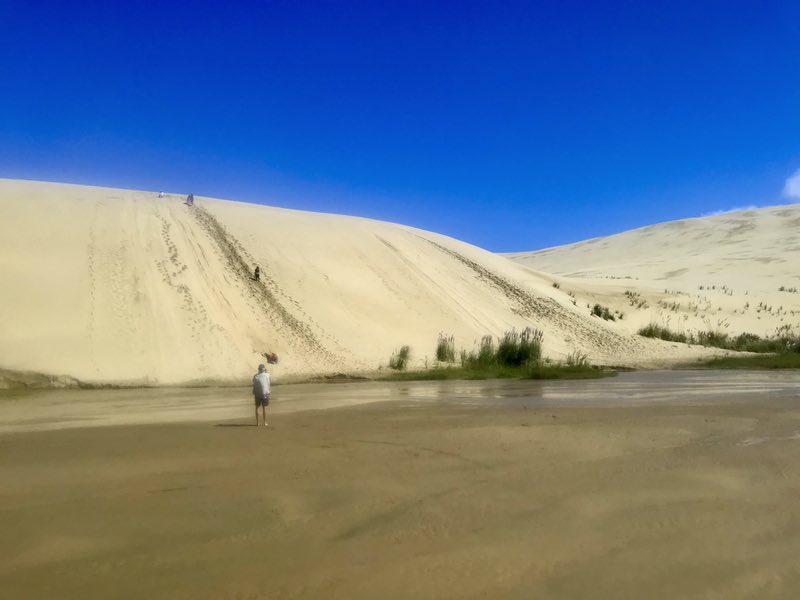
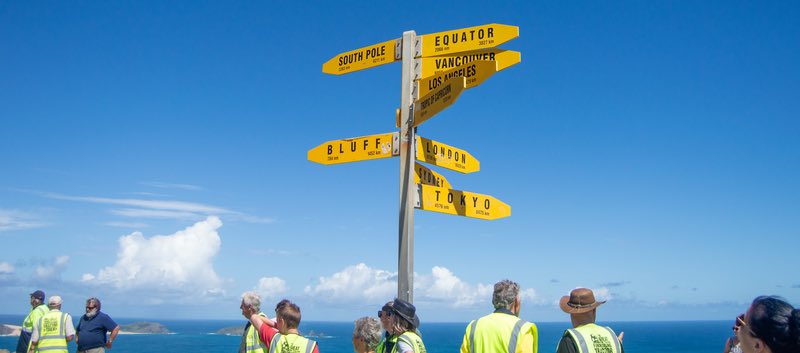

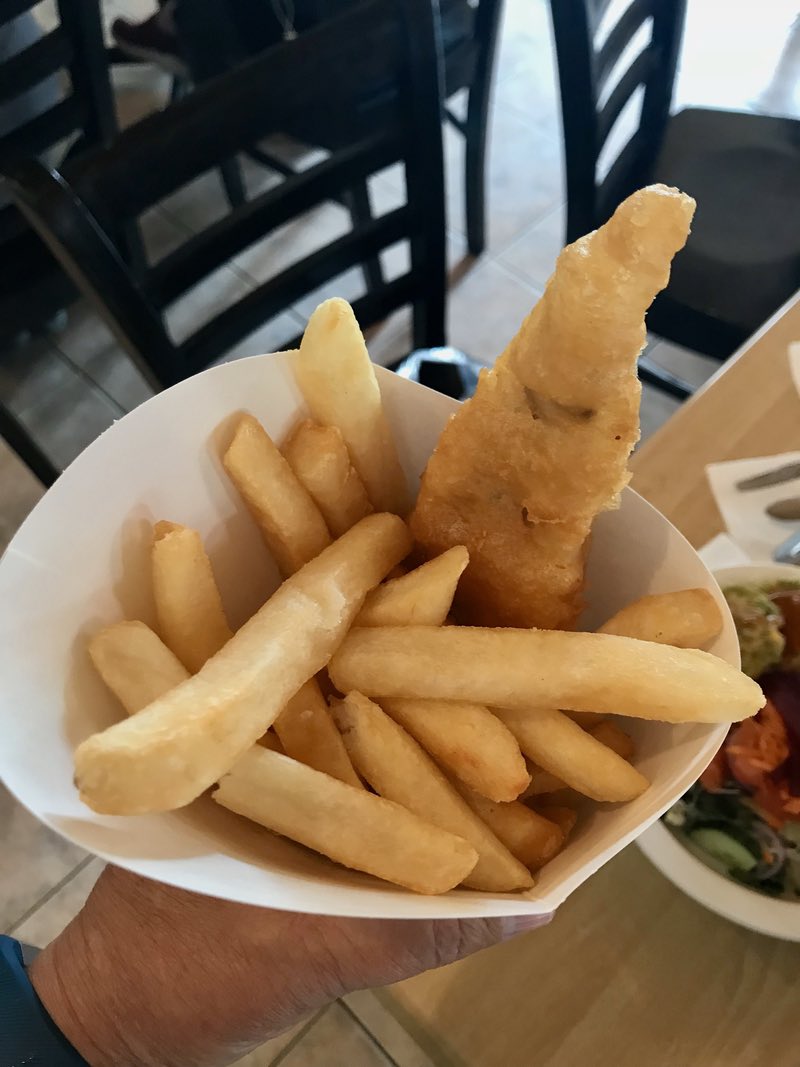
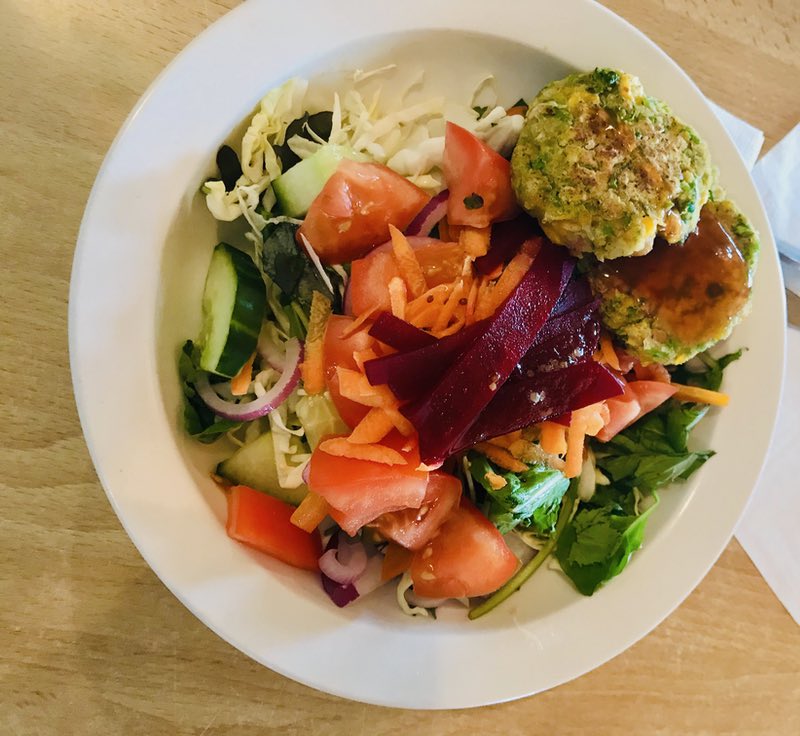
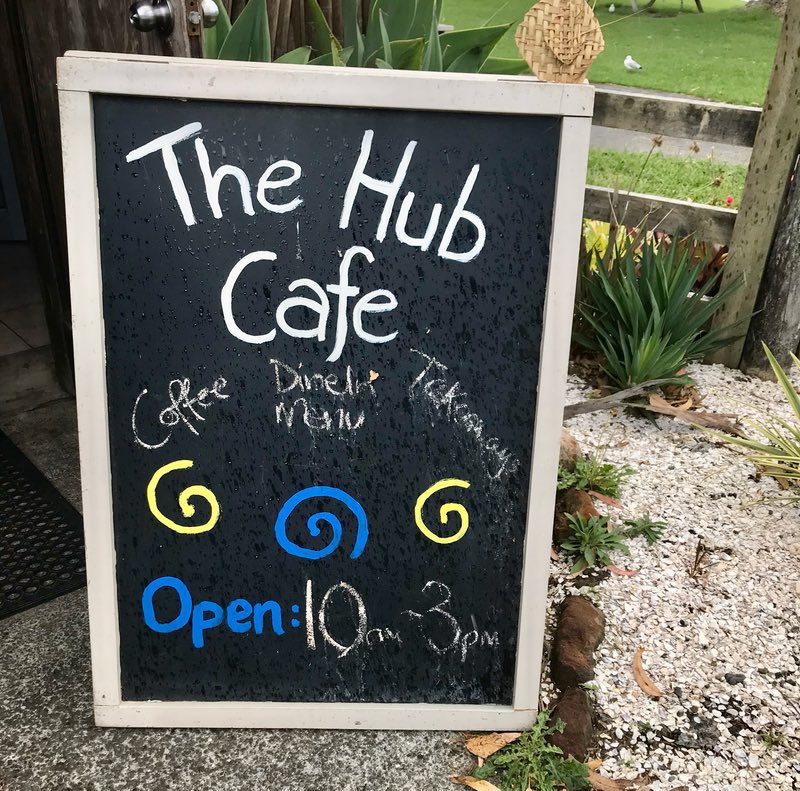
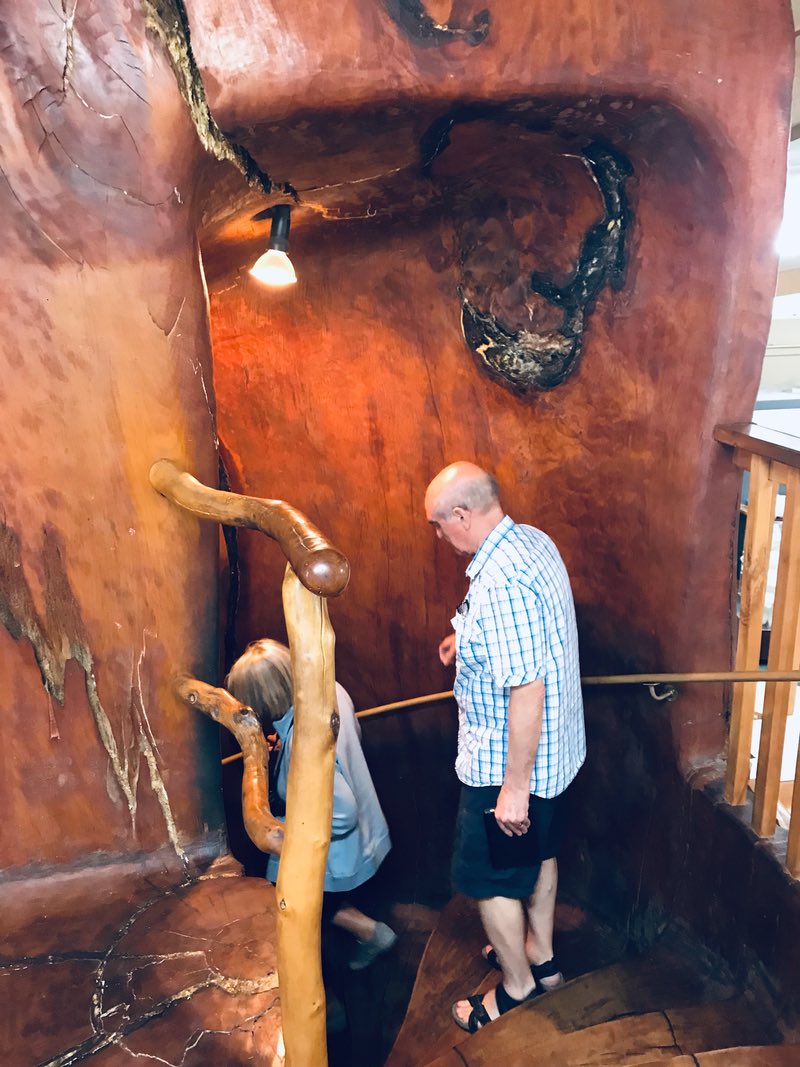

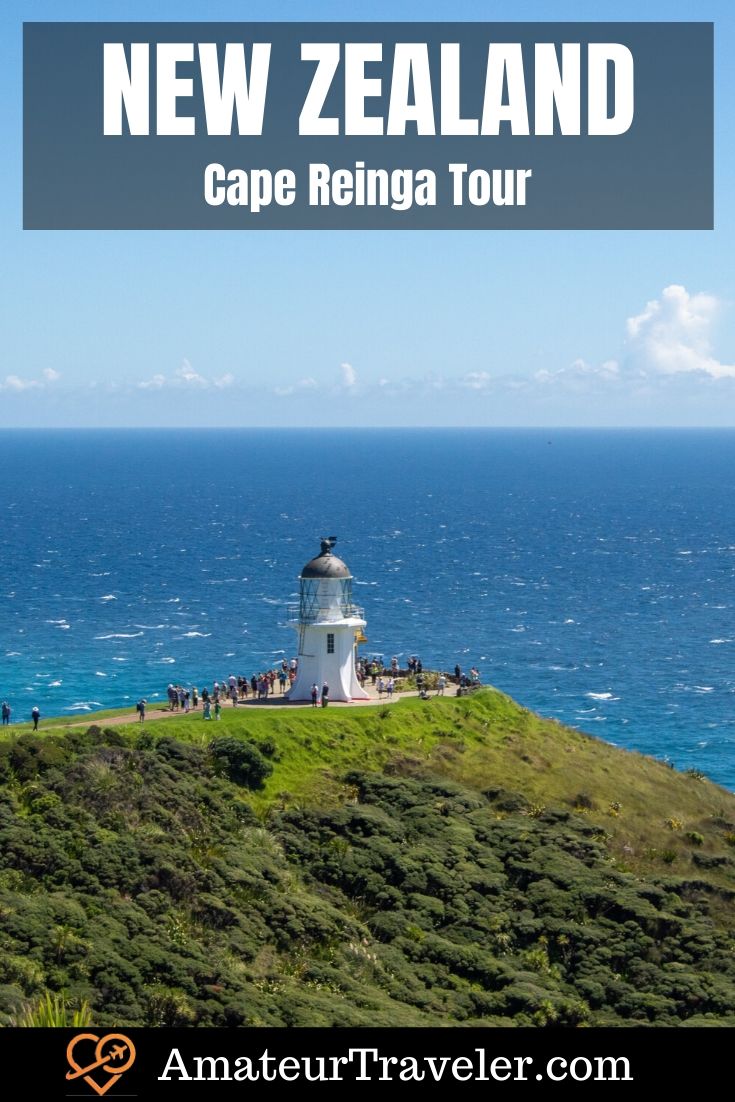
 Maori Culture on New Zealand – Video Episode 63
Maori Culture on New Zealand – Video Episode 63 Travel to the Cook Islands – Episode 238
Travel to the Cook Islands – Episode 238 Travel to New Zealand’s North Island in Winter – Amateur Traveler Video 64
Travel to New Zealand’s North Island in Winter – Amateur Traveler Video 64 Travel to New Zealand’s North Island – Episode 240
Travel to New Zealand’s North Island – Episode 240
